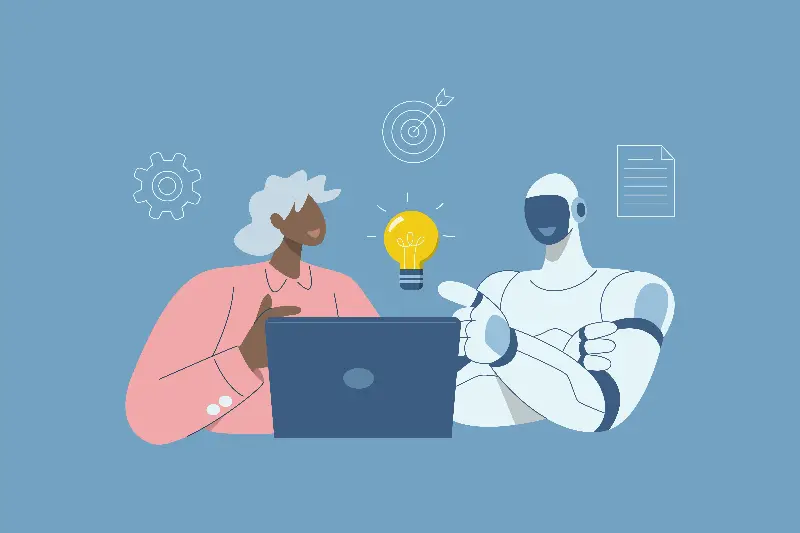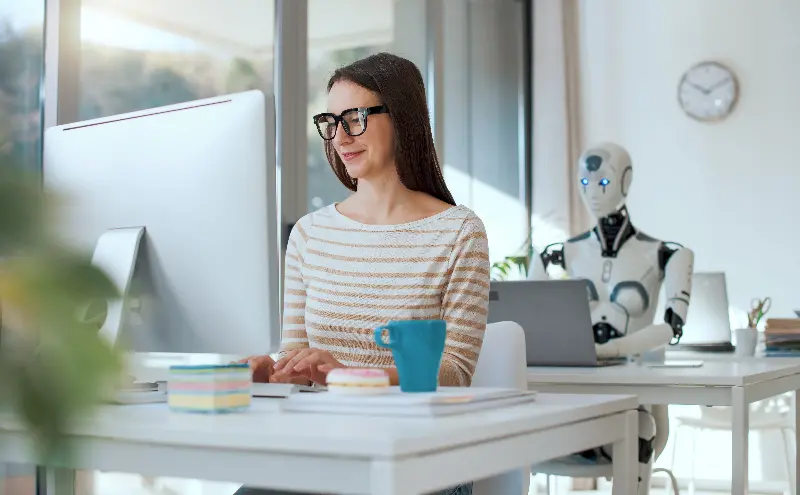
In bustling factories, buzzing warehouses, and even in hospitals, a new breed of teammate is transforming the workday: the robot. Far from being cold, distant machines, recent studies are painting these robotic colleagues in a surprisingly friendly light. As workplace robots become more commonplace, research is beginning to reveal remarkable impacts on team dynamics, safety, and staff satisfaction.
Imagine stepping onto your shift and knowing your robot ally will handle the most physically taxing or monotonous tasks, freeing you to focus on creative, human-centric work. It’s not science fiction—it’s the evolving reality of the modern workplace.
Safer Workplaces, One Algorithm at a Time
Safety has always topped the agenda in industries where heavy lifting and repetitive movements are everyday risks. Now, robots are showing their true worth by shouldering dangerous duties.
Recent studies from leading European universities highlight that warehouses deploying collaborative robots—known as “cobots”—have seen a 30% reduction in workplace injuries. These machines don’t get tired, distracted, or careless, and their advanced sensors mean they can halt in milliseconds when a human is nearby. The result? Fewer accidents and less downtime.
- Automatic threat detection keeps workers out of hazardous zones.
- Cobots can handle toxic, hot, or sharp materials that would otherwise endanger humans.
- Simple tasks like pallet stacking or box sorting are performed with machine precision.
For workers, knowing their mechanical teammate has their back provides a quiet but significant sense of relief.

Less Burnout, More Brilliance
Burnout is an insidious problem. Long hours of repetitive work grind down even the most resilient employees. But what happens when robots absorb that monotony?
A fascinating study from MIT’s Computer Science and Artificial Intelligence Lab found that warehouse teams working alongside robots reported 25% lower burnout scores after just three months.
Here’s why:
- Robots handle routine, repetitive, and dangerous tasks.
- Human workers spend more time on tasks requiring flexibility and problem-solving.
- Daily roles shift from mindless repetition to engaging, varied activities.
Workers described feeling valued, energised, and less exhausted at the end of their shifts. The subtle shift from “human conveyor belt” to “collaborative problem-solver” changed not just how they worked, but how they felt about work itself.
Team Spirit, Upgraded: Happier Crews Ahead
It turns out, robots don’t just make work safer and easier—they actually drive up team satisfaction. In mixed human-robot teams, studies by the University of Oxford’s “Work and Well-being Initiative” showed a sharp rise in reported workplace happiness and job fulfilment.
Key findings included:
- 40% of respondents said their work felt more meaningful.
- Team leaders noted improved morale and camaraderie.
- Workers reported feeling less alone and more supported.
An unexpected twist? Humans began to attribute positive social qualities to their robot colleagues—cheerfully greeting them, naming them, even celebrating their “birthdays”! Rather than fearing job loss, the majority saw robots as valuable assistants, partners that help everyone shine a little brighter.
Will the Future Be Fully Robotic—or Remarkably Human?
The research is clear: far from spelling doom or division, robots in the workplace are fostering safer, more satisfying, more human environments. As technology races forward, the ultimate question becomes not how many jobs robots will take, but how much richer our daily working lives can become with them by our side.
As you imagine the future of your own work—whether in an office, hospital, or factory—perhaps the real opportunity lies in embracing these robotic teammates, not as replacements, but as collaborators. What could you achieve if the machines handled the grind, and you were free to focus on what only a human mind and heart can do? The answer might be closer, and more exciting, than we ever thought possible.
